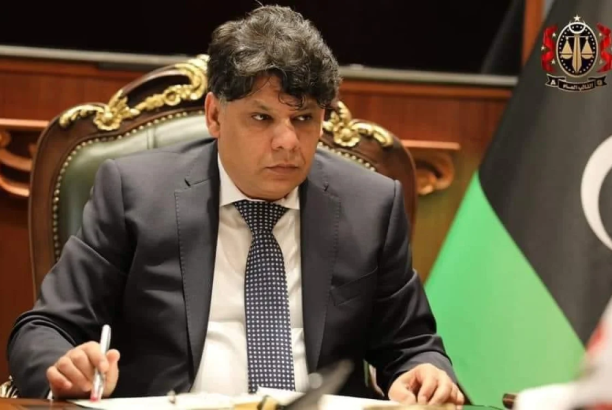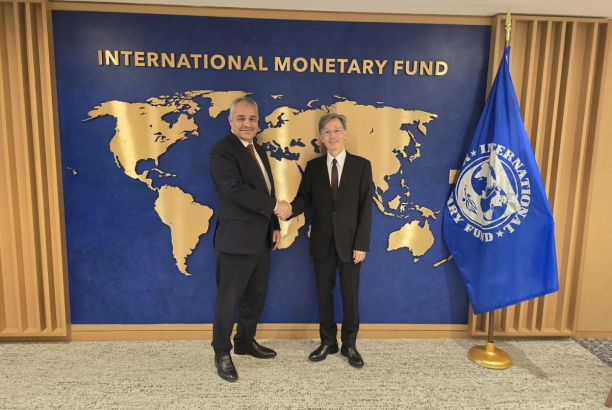According to a report published by Middle East Institute, PRC established diplomatic relations with Libya in August 1978. Since then, the two countries have developed extensive ties despite some sources of tension and awkward moments in bilateral relations. At the time of the Libyan uprising in 2011, about 75 Chinese enterprises were operating in Libya; the value of Chinese contracts had climbed to an estimated $20 billion; and more than 36,000 Chinese workers were engaged in about 50 infrastructure projects.
Meanwhile, energy cooperation — long the core of the bilateral relationship — was thriving, with Libya providing 3% of China’s oil supplies, accounting for one-tenth of Libya’s crude exports. All three of China’s top state oil companies ( i.e., CNPC, Sinopec Group, and CNOOC) were involved infrastructure projects.
With the outbreak of the Second Libyan Civil War in 2014 and the turmoil that has engulfed the country since then, China’s prospects for renewed and expanded economic engagement with Libya have become even more complex and challenging. Yet, China’s ‘balanced vagueness’ in dealing with the evolving conflict has thus far appeared to work to its advantage, the report stated.
Throughout the Second Libyan Civil War, Beijing has maintained a cautious and balanced approach, focusing on long-term interests. Officially, China has supported the UN-backed Government of National Accord (GNA). Chinese diplomats have met with GNA officials while keeping economic channels open but careful not to burn bridges with the Libya National Army (LNA).
Among the major international players in Libya, China is moving from a neutral position to increasing prominence, poised to advance its BRI framework regardless of which Libyan faction triumphs on the ground.




